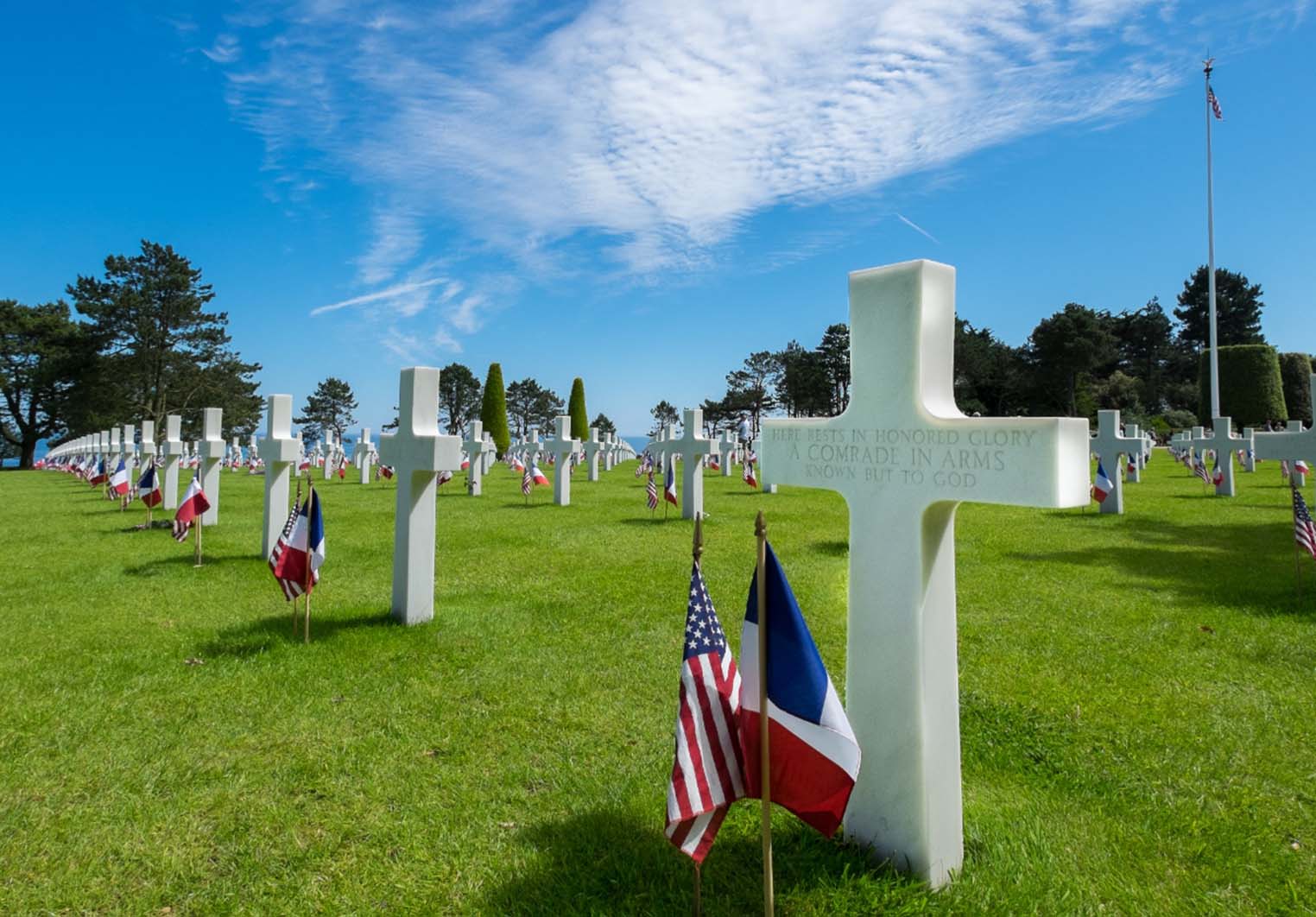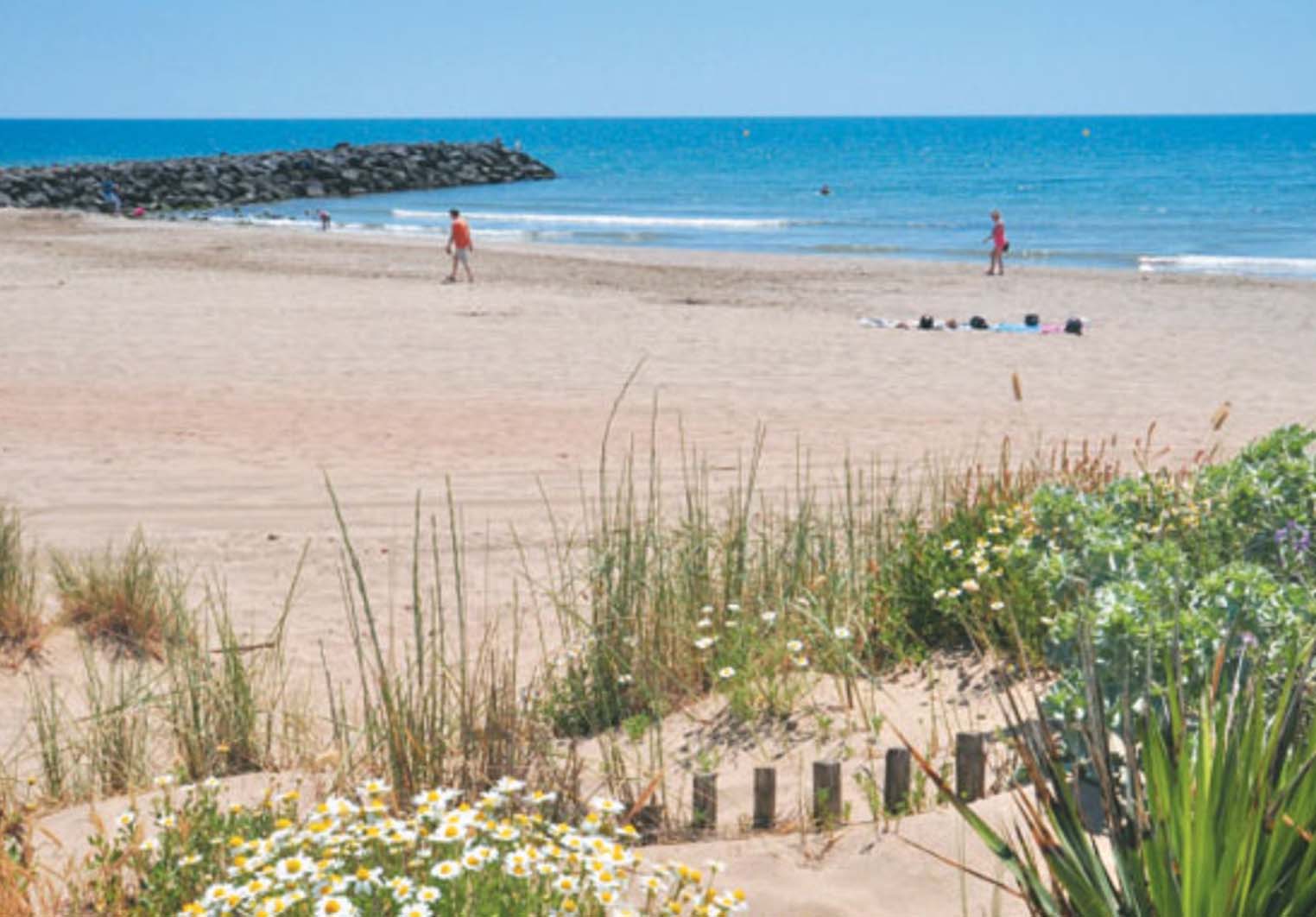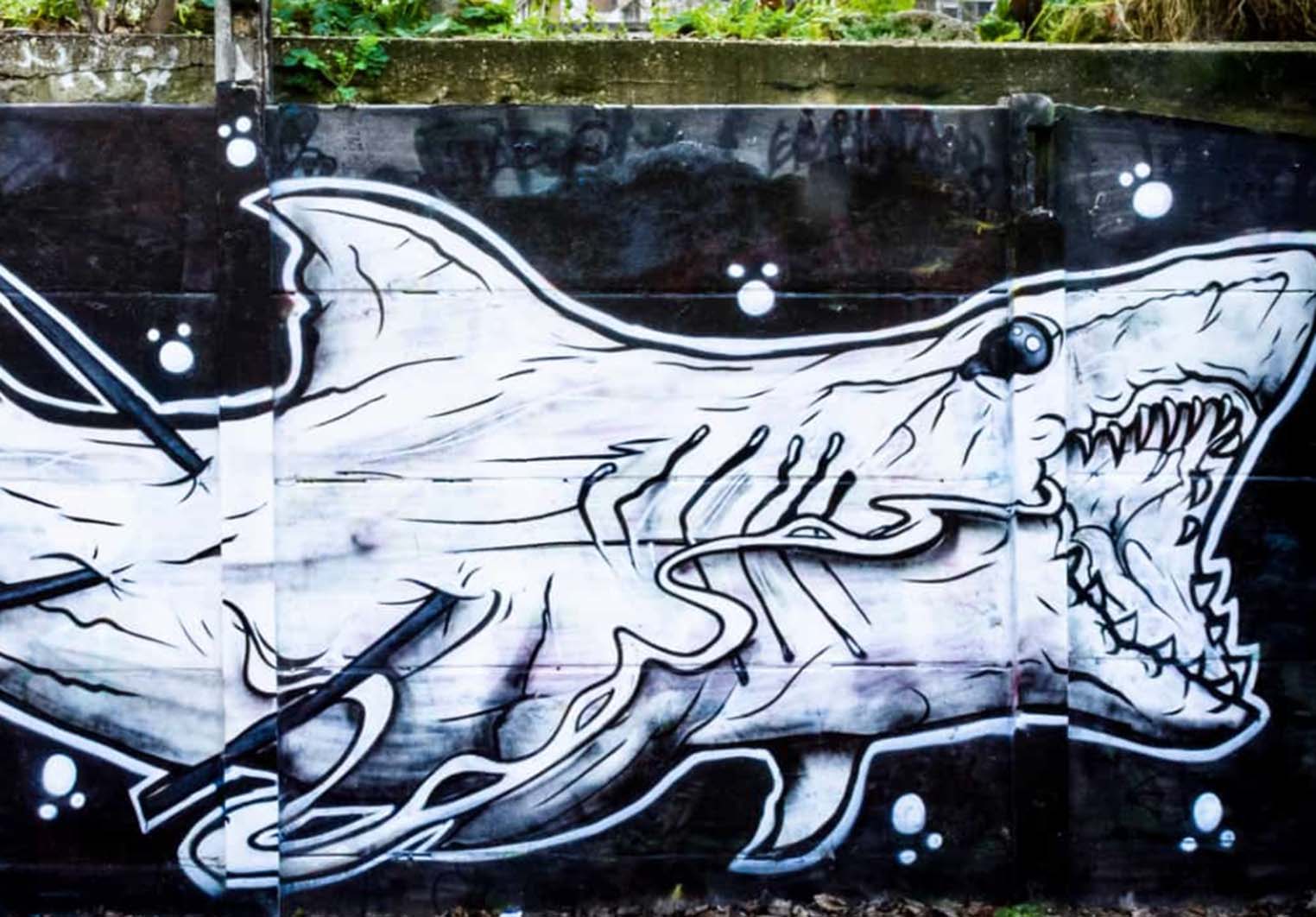The Normandy D-Day Beaches are one of the most popular day trips from Paris, especially for American, British, and Canadian visitors whose parents or grandparents fought against the Germans during World War II. Let’s delve into the details.
The Normandy D-Day Beaches, even nearly 80 years after the Allied invasion of Western Europe on June 6, 1944, known as the ‘D-Day’ or ‘Operation Overlord,’ still hold immense historical significance. On that day, more than 135,000 soldiers landed on the shores of Normandy, uniting to confront the German forces. The Allied nations, including the United Kingdom, Canada, and the United States, each had their designated beaches for the invasion, which were code-named as follows:
- Utah Beach (United States)
- Omaha Beach (United States)
- Juno Beach (Canada)
- Gold Beach (United Kingdom)
- Sword Beach (United Kingdom)
These beaches continue to serve as a lasting testament to the valor, sacrifice, and determination of the soldiers who fought on them, and they remain powerful reminders of the pivotal role Normandy played in World War II history.
Today, you will journey through rolling hills, picturesque coastal towns, surrounded by lush green fields and cattle farms. The beaches themselves are beautiful and tranquil, making it hard to imagine the thousands of soldiers who lost their lives here.
However, when visiting this region of France, you cannot escape the memories of the Normandy landings. War museums and monuments mark the spots where the Allied forces landed, remnants of German bunkers and artillery positions remain, and most notably, the Normandy American Cemetery houses the resting place of 9,387 American soldiers.
If you are commemorating family members who fought or perished here, you might consider visiting around June 6th when numerous anniversary events are held to honor the Normandy landings.
The easiest way to explore the region is by joining a guided tour, which typically covers all the beaches, as well as the Caen Memorial (details below). Here is an overview of the key attractions you shouldn’t miss when visiting the Normandy D-Day Beaches, encompassing all five beaches, each of which still bears the names given by the Allied forces during their preparations.
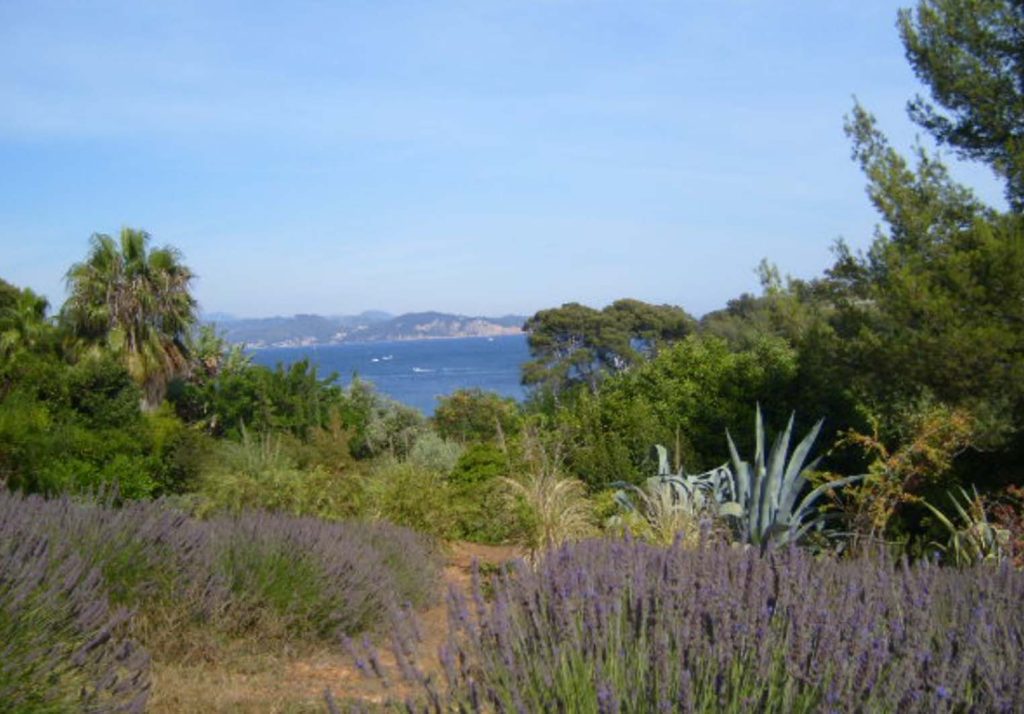
Key Points of Interest Not to Miss When Visiting the Normandy D-Day Beaches
The Caen Memorial Museum
The Caen Memorial Museum is the perfect launching point for your exploration of the Normandy D-Day Beaches. Following a recent renovation, the museum offers a comprehensive resource on the Normandy landings, World War II, and an array of materials pertaining to the Normandy Campaign, the Cold War, and the quest for peace.
Within its well-curated exhibits, you’ll find in-depth information about the events and significance of the Normandy landings, including the strategies employed and the individual stories of those involved. The museum also delves into the broader context of World War II, exploring its global impact.
Beyond the D-Day landings, the museum provides insights into the Normandy Campaign, examining the ongoing battles and operations that took place in the region as the Allies advanced further into Nazi-occupied Europe.
Additionally, the Caen Memorial Museum addresses the Cold War era, offering a glimpse into the geopolitical tensions and confrontations between the Western and Eastern blocs. It delves into the role Normandy played during this period of global uncertainty.
Moreover, the museum explores the pursuit of peace, acknowledging the efforts made to foster reconciliation and cooperation in the aftermath of World War II. This theme underscores the museum’s commitment to commemorating not only the sacrifices of the past but also the vision of a more peaceful future.
The Caen Memorial Museum provides a comprehensive and immersive experience, allowing visitors to gain a deeper understanding of the historical events that unfolded in Normandy and their enduring impact on the world. It’s a valuable resource for those interested in history, both on a local and global scale.
Utah Beach
Utah Beach is home to the Utah Beach Landing Museum, which is located within the ruins of former German bunkers. Widely regarded as one of the top Normandy D-Day landing museums in the region, it offers a comprehensive and immersive experience for visitors. The museum provides a deep dive into the history and events surrounding the D-Day landings, focusing on the specific operations that took place on Utah Beach.
The location of the museum within the remnants of German bunkers adds a unique and evocative atmosphere to the exhibits, allowing visitors to step back in time and gain a sense of the challenges and conditions faced by the soldiers on that historic day.
Just a short distance away in the village of Sainte-Mere-Eglise, you’ll find the Airborne Museum, which provides a detailed exploration of the airborne operations conducted during the D-Day landings. This museum is dedicated to the paratroopers and glider-borne troops who played a critical role in the early stages of the invasion. It offers a comprehensive look at their training, equipment, and the challenges they encountered as they dropped behind enemy lines.
Both the Utah Beach Landing Museum and the Airborne Museum in Sainte-Mere-Eglise provide invaluable insights into the specific aspects of the Normandy landings, making them essential stops for those looking to immerse themselves in the history and stories of this pivotal event in World War II.”
Both the Utah Beach Landing Museum and the Airborne Museum in Sainte-Mere-Eglise provide invaluable insights into the specific aspects of the Normandy landings, making them essential stops for those looking to immerse themselves in the history and stories of this pivotal event in World War II.

Pointe du Hoc
Pointe du Hoc is situated between Utah Beach and Omaha Beach, serving as the highest point along the Normandy coastline, with cliffs towering 100 feet (30 meters) above the English Channel. The German forces heavily fortified this area with bunkers, fortifications, artillery, and concrete gun emplacements.
During the D-Day landings on June 6, 1944, Pointe du Hoc was a key objective for the American forces. It was a critical strategic position due to its elevated location and the threat it posed to the success of the landings. To capture Pointe du Hoc, a daring assault was carried out by a group of 225 U.S. Army Rangers who had to scale the cliffs under heavy enemy fire.
These courageous Rangers successfully reached the top of the cliffs, overcame German resistance, and secured the area. However, they faced challenging conditions, as the expected artillery pieces were not found at Pointe du Hoc. The Rangers, under the command of Colonel James E. Rudder, fought tenaciously despite this setback.
Pointe du Hoc’s capture symbolized the bravery and determination of the American troops during the Normandy landings. The site stands as a significant monument to the valor and sacrifices made on D-Day. It remains one of the most important landmarks along the Normandy landing beaches, serving as a testament to the courage and resolve of those who participated in this historic event.
Omaha Beach
Omaha Beach was the site of some of the most intense fighting during the D-Day landings in World War II. The beach is adorned with various monuments and statues, serving as a significant historical and memorial site.
This might be the place where you spend the most time among all the beaches. The American military cemetery is located atop the beach, and there are two museums: the Omaha Beach Memorial Museum, which showcases personal belongings, weapons, and uniforms of the soldiers, and the Omaha Normandy Landing Museum, which provides detailed information about the D-Day landing on Omaha Beach.
Located between Omaha Beach and Gold Beach, the coastal battery at Longues-sur-Mer features numerous bunkers and was one of Hitler’s most critical defense points along the coast.
Gold Beach
Gold Beach was the landing area led by the British forces. The most important museum here is the American Gold Beach Museum, which displays details about the landing and the Three-Engine Focke-Wulf aircraft, the first American aircraft to fly mail from the United States to France.
Omaha Beach, with its fierce battles and poignant memorials, stands as a testament to the sacrifices made during the Normandy landings in World War II. It remains a place of historical significance and remembrance, with museums and sites that offer insight into the events of that fateful day.
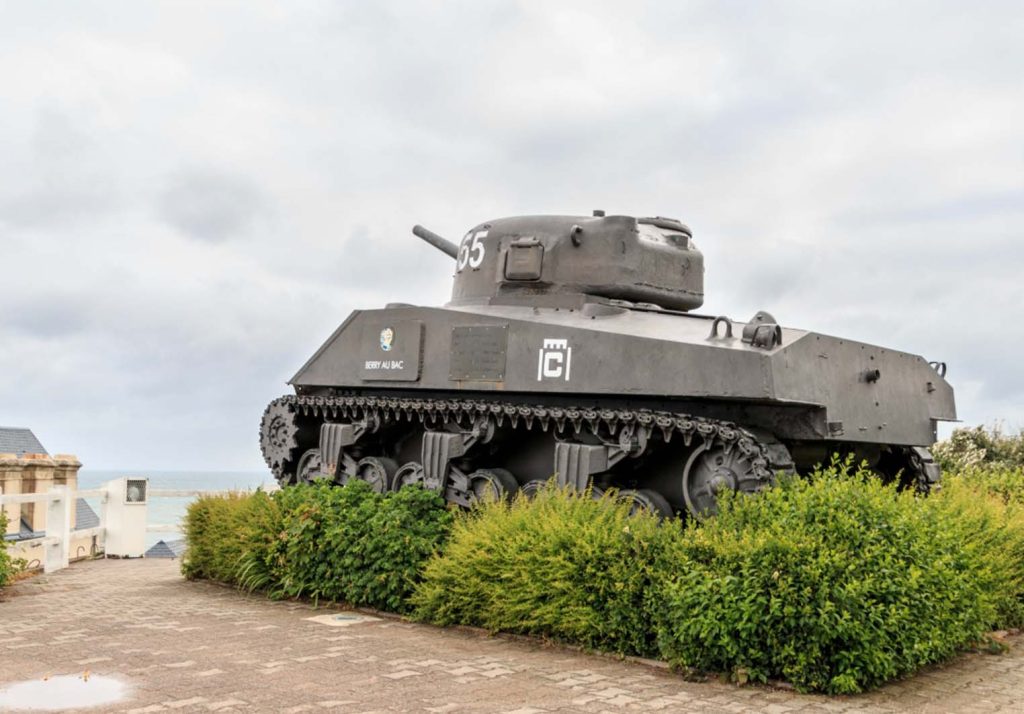
Juno Beach
Juno Beach is the location of Canada’s significant involvement in the D-Day invasion. It is home to the Juno Beach Centre, which provides an overview of the crucial role played by Canada during the Normandy landings. The nearby coastal town of Bény-sur-Mer is the site of the Canadian cemetery.
Sword Beach
Sword Beach is the easternmost of the five beaches in the Normandy landings. The operations here were conducted under British leadership, and there is a museum, the Merville Battery, which provides detailed information about the British airborne operations.The nearby Ranville War Cemetery houses 2,235 graves, with the majority belonging to the 6th Airborne Division.
American Cemetery
The American Cemetery is one of the largest war cemeteries in the United States and was the first one established on European soil during World War II. The Normandy landings and subsequent actions resulted in the loss of 9,387 lives, a fact that serves as a poignant reminder for visitors of the sheer scale and the real human cost of this operation.
To travel from Paris to the Normandy D-Day beaches, there are a few options available:
- Paris City Vision Tour:
Paris City Vision offers guided tours from Paris to the Normandy D-Day beaches. In addition to the beaches, this tour includes visits to the Caen Memorial Church, commemorative sites, and a delicious lunch. The tour departs from Paris at around 7 AM and returns at approximately 9 PM. One of the benefits of this tour is that it takes you to all the places of interest and includes an informative guide who provides background information and historical details. - Public Transportation:
You can also explore the D-Day beaches using public transportation. Take a train from Paris to Caen, and from there, you can catch a local bus to the beaches. However, it’s important to note that bus schedules may not be very frequent, and trying to cover all the beaches, memorials, and the American Cemetery in one day can be quite challenging. - Train Travel:
To get to Caen by train from Paris, you can depart from Paris’s St Lazare station, and the journey takes approximately 2 hours. - Car Rental:
If you prefer to rent a car and drive from Paris, the journey will take about 2 hours and 45 minutes. Having a car can offer more flexibility when exploring all the beaches, but having a guide can be very helpful, even for independent travelers, especially for organized tours like this.
Tip: Booking train tickets in advance through the Omio app or website can be more cost-effective than purchasing them at the train station. Omio offers discounted train tickets across Europe, making it a budget-friendly option for traveling throughout the continent.
